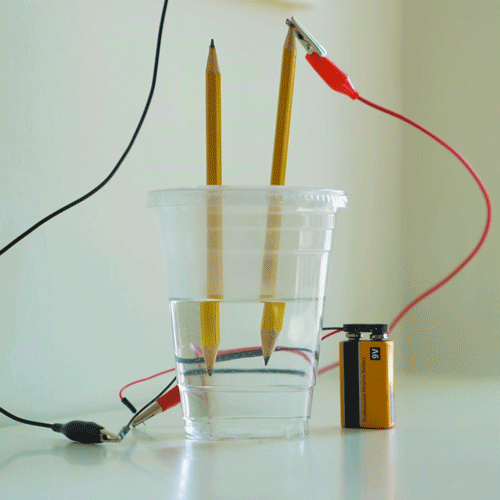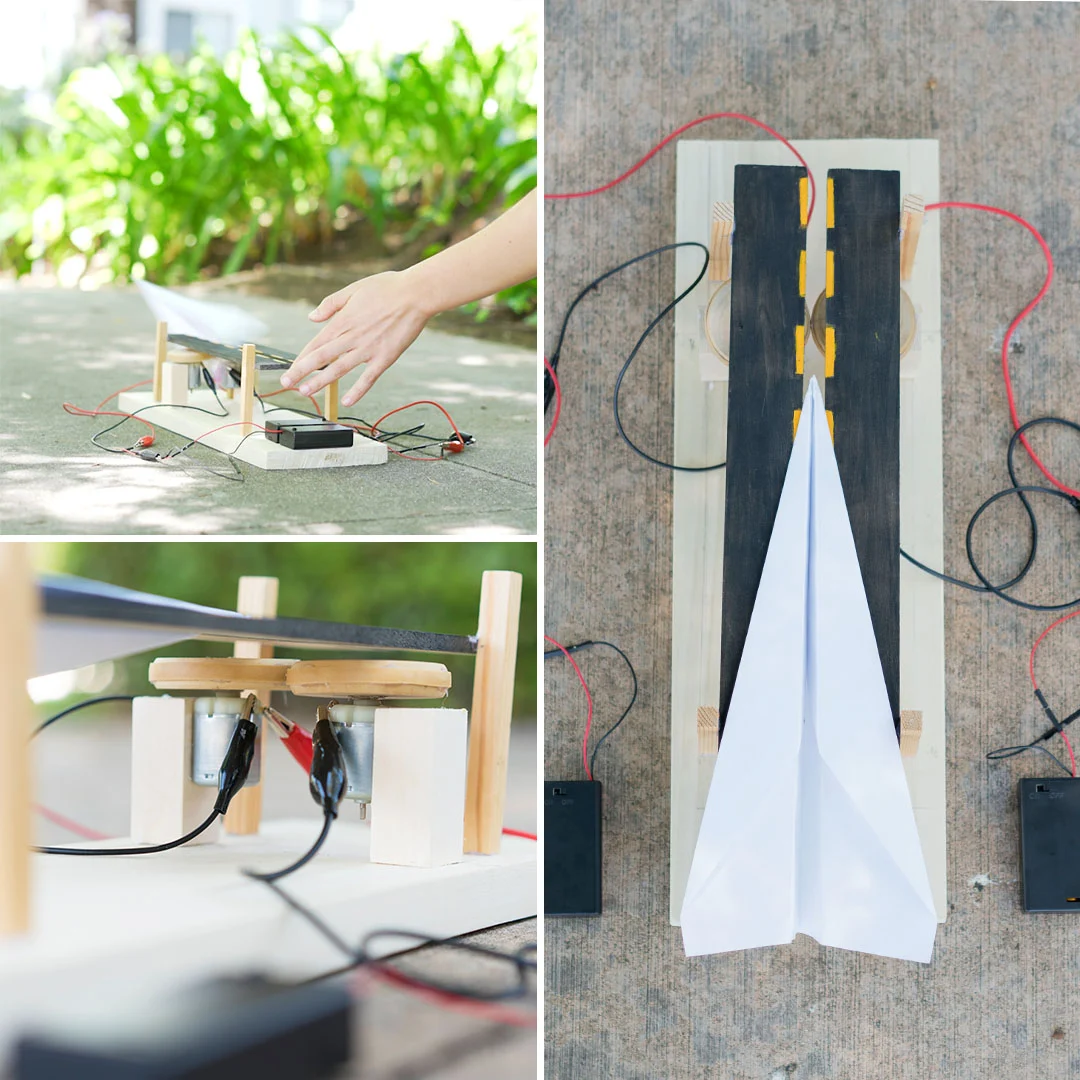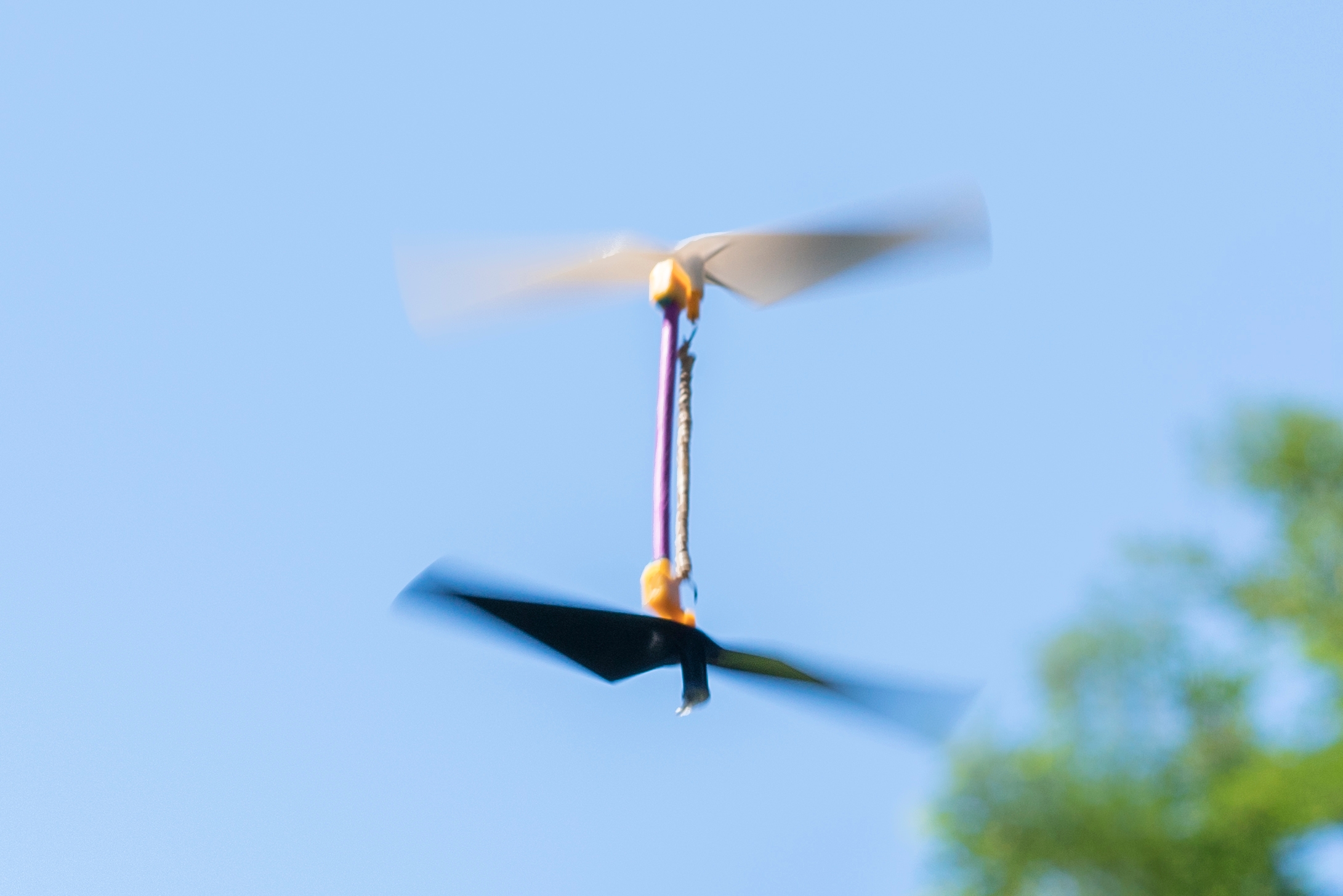The best science fair projects for 7th grade begin with a hypothesis -- a supposition or proposed explanation made with limited evidence as a starting point for further investigation. Below, we've included examples of science projects to which you can apply hypotheses. To make a truly awesome science fair project, make these your own and consider how you can explore the science behind these cool demonstrations.
Don’t want the learning to stop? Check out our line of engineering kits that are perfect for 7th grade students.
Copper Plated Coins
Use some household materials to plate your coins with copper! You can also try copper plating designs onto your coins!In this project, you’re going to do two things: put copper into a solution, and make that copper come out of the solution and stick to another piece of metal (the quarter). That first process is called “electrolysis” and the second is called “electroplating.” So how do you do those things? Well, their scientific-sounding names give you a clue: with electricity!
Electrolysis is a way to dissolve bits of metal into acidic liquids like vinegar. When you run electricity through vinegar, the vinegar helps to carry electricity from one side of the circuit to the other. Those bits of the vinegar react with the copper, making little bits of copper leave the positive side of the circuit and go into the liquid. You’ll see this happening when your solution turns blue.
Electroplating is a way to put those little bits of copper onto something else. The bits of copper are ionic, which means they have an electrical charge, like a balloon that you rubbed on your hair. And just like a charged-up balloon, ions love to stick to things! By giving them another electrified metal, they rush out of the solution and onto the metal’s surface. You’ll see this when your quarter starts to change colors. With just a little electricity, you can use electrolysis and electroplating to plate a quarter with copper. Does that make it look like a penny to you?

Splitting Water
Did you know that water is actually a chemical? That’s why we call it H2O--water is made up of the chemical elements, hydrogen and oxygen! What would water look like if you could split water into its two parts? Try out this experiment to find out!

Paper Airplane Launcher
Take your paper airplanes to new heights by making a motorized launcher for them.

Rubber Band Helicopter
Learn about helicopters by making a rubber band powered flying toy!

Fizzy Candy Balloon
Harness the power of fizzy candy and soda to inflate a balloon without blowing! This experiment can be repeated many times with different sodas to see how each reacts differently and which creates the biggest balloon.

Salty Cave Crystals
Explore the process of how stalagmites and stalactites form with this cool experiment! To turn this into an even better science fair idea, form a hypothesis. What would happen to the composition of your salt crystals if you change the size of the string? The number of strings? The environment around the experiment?
